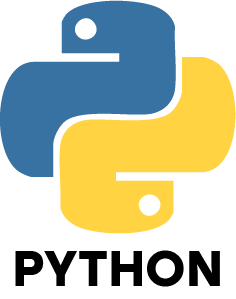1. What is Data Science?
Ans:
The field of data science involves using data to understand real-world problems, identify patterns and support smart decision-making. It combines mathematics, statistics, computer programming and subject-specific knowledge to convert raw data into meaningful insights that organizations can act on.
2. What constitutes data science's essential elements?
Ans:
The core elements of Data Science include collecting data from various sources, cleaning it by fixing or removing errors and missing values, analyzing it to find patterns, building predictive models and interpreting the results to support decisions or automate processes.
3. What is a confusion matrix?
Ans:
One method for measuring performance in categorization problems is a confusion matrix. Values like as true positives, true negatives, false positives and false negatives are displayed to indicate the proportion of accurate and inaccurate predictions. This aids in assessing a model's precision and dependability.
4. What are some common metrics used to evaluate model performance?
Ans:
Some widely used evaluation metrics include accuracy, which measures often predictions are correct; precision, which tells many positive predictions are actually correct; recall, which shows well the model finds all actual positives; the F1 score, which balances precision and recall and ROC-AUC which measures the model’s ability to distinguish between classes.
5. What is feature engineering?
Ans:
Feature engineering involves creating new features or modifying existing ones to make more useful for machine learning models. By highlighting the most relevant information in the data feature engineering improves model accuracy and helps capture important relationships that might otherwise be missed.
6. How do you handle missing data?
Ans:
Handling missing data depends on the situation, but common methods include removing the rows or columns with missing values, filling them with statistical values like the mean, median or mode or using predictive models to estimate the missing entries. Some algorithms can also handle missing values directly.
7. What is overfitting and how can it be prevented?
Ans:
A model overfits when it learns the training data as well closely, including its noise and exceptions, which makes it perform poorly on new data. To avoid this, data scientists use simpler models, apply regularization techniques, increase the size of the training data or use cross-validation to ensure better generalization.
8. What is a random forest and how does it work?
Ans:
A machine learning method called Several decision are constructed by random forest utilizing various data segments and then combines their predictions. By averaging the results from many trees, it increases accuracy and reduces the risk of overfitting, making it a powerful and reliable model for both classification and regression tasks.
9. Describe the steps in the Data Science workflow.
Ans:
The typical Data Science process starts by clearly defining the problem to be solved. Next, data is collected, cleaned and explored to uncover patterns. Then, models are built and tested to make predictions or extract insights. Finally, the solution is deployed into a real-world setting and continuously monitored for performance and improvements.
10. How do you ensure the quality of your data?
Ans:
To ensure high-quality data it's important to remove duplicates, correct errors handle missing or inconsistent values and standardize formats across datasets. Verifying the credibility of data sources is also essential. Clean and accurate data improves the reliability of analysis and leads to better model outcomes.





















